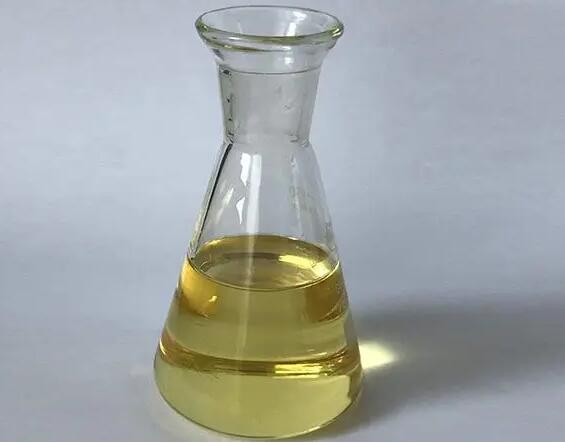Picking an Efficient Antioxidant Treatment for Copper
Time:2024-06-28 15:42:10 Source:未知 Click:次
Introduction: Copper components are susceptible to oxidation under normal atmospheric conditions, which can lead to degradation in performance and reduced lifespan. To enhance the corrosion resistance and antioxidant properties of copper components, it is crucial to select an effective antioxidant treatment agent. This article will recommend several antioxidant treatment agents suitable for copper components and provide guidance on selecting efficient protective products.
I. The Importance of Antioxidant Treatment for Copper Components
Copper components readily react with oxygen in the air, forming an oxide layer on the surface. The thickness and composition of this oxide layer significantly affect the component's performance and lifespan. An excessive or improperly composed oxide layer can decrease the component's conductivity, thermal conductivity, and mechanical properties, potentially leading to component failure. Therefore, antioxidant treatment for copper components to improve their corrosion resistance and antioxidant properties, extend their service life, is of great importance.
II. Types and Characteristics of Antioxidant Treatment Agents
Currently, common antioxidant treatment agents include chemical plating, anodic oxidation, passivation, and coating. These methods each have their characteristics and are suitable for different types of copper components.
1. Chemical Plating: Chemical plating forms a uniform and dense protective layer on the surface of copper components through a chemical reaction. The chemical plating layer has good corrosion resistance and antioxidant properties and is tightly bonded to the base metal, making it unlikely to peel off.
2. Anodic Oxidation: Anodic oxidation forms an oxide film on the surface of copper components to improve their corrosion resistance and antioxidant properties. The anodic oxidation film has a certain porosity, which can enhance its adsorption properties and act as a base layer for coatings.
3. Passivation: Passivation forms an oxide film on the surface of copper components through a chemical treatment, providing good corrosion resistance and antioxidant properties. The passivation film is relatively thin, usually ranging from tens of nanometers to several hundred nanometers, and can be applied in multiple layers as needed.
4. Coating: Coating forms a protective coating on the surface of copper components, which has good corrosion resistance and antioxidant properties. Coatings can be divided into organic coatings and inorganic coatings, with the former offering better wear resistance and decorative properties, while the latter provide better high-temperature resistance and chemical resistance.
III. How to Choose Efficient Protection Products?
1. Understand Product Performance: When selecting antioxidant treatment agents, it is essential to understand the product's performance, such as corrosion resistance, antioxidant properties, adhesion, hardness, and wear resistance, to meet the actual needs of copper components.
2. Understand the Application Range: Different antioxidant treatment agents are suitable for different types of copper components, so it is necessary to choose the right product based on the material, shape, and size of the components.
3. Understand the Manufacturer: Choose manufacturers with high reputation and good market recognition to ensure product quality and after-sales service.
4. Understand the Application Process: Different antioxidant treatment agents have different application processes, so it is important to understand the product's application method, conditions, and precautions to ensure smooth application.
5. Consider Price and Cost-effectiveness: Meet performance requirements while comparing the prices and cost-effectiveness of different products to choose affordable options.
IV. Recommended Products
1. A Brand of Chemical Plating Agent: This product has excellent corrosion resistance and antioxidant properties and is suitable for the protection of various copper components. The chemical plating layer is uniform and dense, tightly bonded to the base metal, and is not likely to peel off.
2. A Brand of Anodic Oxidation Film: This product has good corrosion resistance and antioxidant properties and is suitable for the protection of thick-walled copper components. The anodic oxidation film has a certain porosity, which can act as a base layer for coatings.
3. A Brand of Passivating Liquid: This product has good corrosion resistance and antioxidant properties and is suitable for the protection of thin-walled copper components. The passivation film is relatively thin and can be applied in multiple layers as needed.
4. A Brand of Coating Paint: This product has good corrosion resistance and antioxidant properties and is suitable for the protection of various copper components. Coatings can be divided into organic coatings and inorganic coatings, and the appropriate type can be chosen based on actual needs.
In conclusion, when selecting antioxidant treatment agents for copper components, it is important to consider factors such as performance requirements, application range, manufacturers, application


